Anvils are iconic tools with a rich history, used by blacksmiths, metalworkers, and artisans for centuries. These sturdy, versatile tools provide a stable surface for shaping, forging, and forming metal. Whether you’re a professional metalworker or a DIY enthusiast, understanding the different types of anvils and their specific applications can help you select the right tool for your projects. In this guide, we’ll explore what an anvil is, its components, and the various types available today.
What is an Anvil?
An anvil is a heavy, flat-topped tool typically made from steel or cast iron, used as a workbench for metalworking. Its mass and durability allow it to absorb the impact of hammer blows, providing a solid surface for shaping metal. Anvils are a cornerstone in blacksmithing, as they allow for precision, control, and stability in forging and crafting.
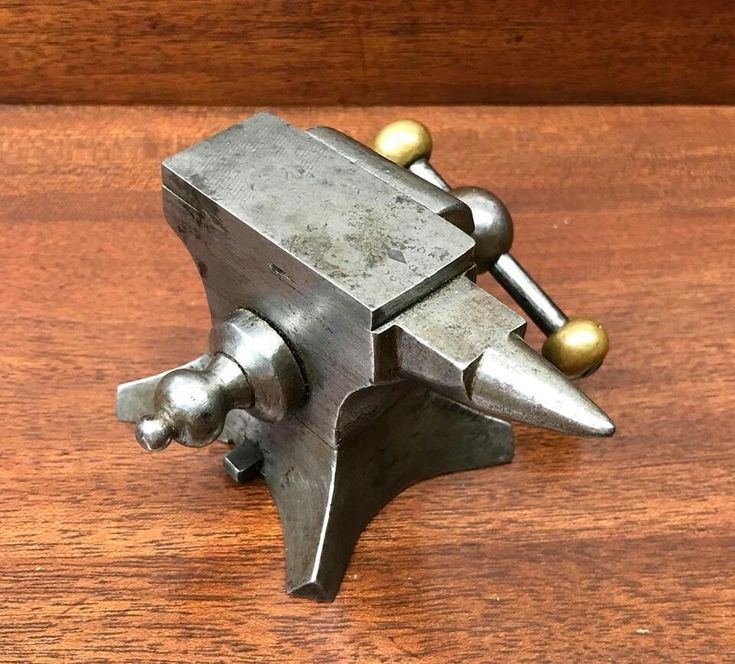
Key Components of an Anvil
To fully appreciate the functionality of an anvil, it’s essential to understand its main components:
- Face: The flat top surface where most work is done, providing a smooth area for hammering metal.
- Horn: The rounded projection used for bending and shaping metal into curves and rounded forms.
- Step: A small, flat area between the face and the horn, often used for cutting.
- Hardie Hole: A square hole for holding hardy tools like chisels, punches, and cutters, enhancing the anvil’s versatility.
- Pritchel Hole: A round hole used for punching and bending rods, making it easier to create holes in metalwork.
The History and Evolution of Anvils
Anvils have been essential tools since ancient times, with the earliest examples dating back to 1200 BC. Originally made from stone, they evolved into metal anvils during the Iron Age, allowing blacksmiths to craft more durable and intricate tools. Over the centuries, anvils have retained their core design, though specific types have been developed to suit various metalworking tasks.
Different Types of Anvils and Their Uses
Each type of anvil has unique features tailored to specific applications. Here are some of the most common types of anvils you’ll encounter:
1. Blacksmith Anvils
Blacksmith anvils are the most traditional and widely recognized type, designed for general forging and shaping tasks. They have a large, flat face for hammering and a horn for creating bends and curves. The hardie and pritchel holes make it easy to attach additional tools for specialized metalworking.
Key Features:
- Large flat face for general hammering.
- Rounded horn for shaping and bending.
- Hardie and pritchel holes for tool insertion.
Uses: Ideal for general blacksmithing tasks, from forging tools to shaping metal components.
2. Farrier Anvils
Farrier anvils are specifically designed for crafting and fitting horseshoes. They have a narrower face for precision work and specialized horns for bending metal into the specific shapes needed for horseshoe fitting. These anvils are typically lighter, allowing farriers to transport them to different locations, such as stables.
Key Features:
- Narrow face for enhanced control.
- Specialized horns for shaping horseshoes.
- Lightweight and portable.
Uses: Primarily used for horseshoe crafting, fitting, and other farrier-specific tasks.
3. Bench Anvils
Bench anvils are smaller, compact tools that can be easily mounted on a workbench. They are versatile and designed for precision work, making them ideal for small-scale metalworking and jewelry crafting. Bench anvils often include multiple faces for different types of tasks, allowing for detailed and delicate work.
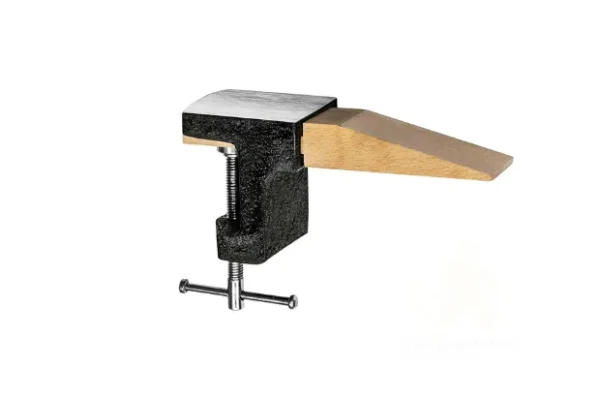
Key Features:
- Compact and lightweight.
- Multiple faces for different tasks.
- Mounting options for stability.
Uses: Perfect for jewelers, small-scale metalworkers, and hobbyists who require fine detail in their work.
4. Jeweler’s Anvils
Jeweler’s anvils are specifically designed for the delicate work involved in jewelry making. These anvils are small, lightweight, and often have polished surfaces to prevent scratching or damaging precious metals. They may feature various shapes and faces to accommodate different techniques, such as bending, texturing, and shaping.
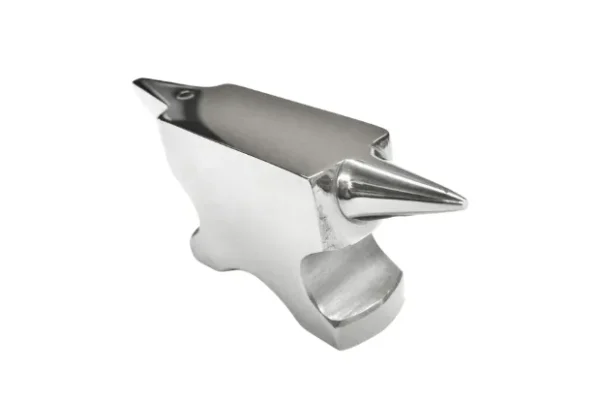
Key Features:
- Small, polished surfaces for working with fine metals.
- Various shapes for intricate crafting.
- Lightweight and easy to handle.
Uses: Essential for jewelry making, fine metal crafting, and other tasks requiring precise detail work.
5. Stake Anvils
Stake anvils are portable and versatile, designed to be mounted securely by driving their spiked base into a workbench or even a tree stump. They come in various shapes and sizes, each suited to specific tasks. Stake anvils are commonly used by artisans who need flexibility, as they can be easily relocated and adapted for different applications.
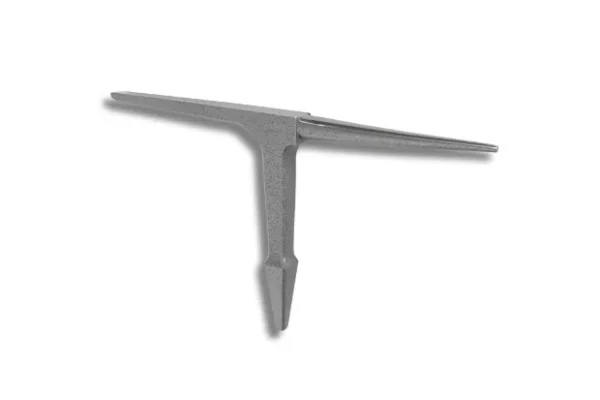
Key Features:
- Spiked base for secure mounting.
- Available in various shapes.
- Portable and adaptable.
Uses: Ideal for mobile workstations, fieldwork, and artisans requiring portability in their tools.
6. Double Horn Anvils
Double horn anvils offer the flexibility of two horns: one rounded and one tapered. This design provides increased versatility for creating different shapes and curves. The large flat face allows for general hammering, while the additional hardie and pritchel holes expand the tool’s functionality.
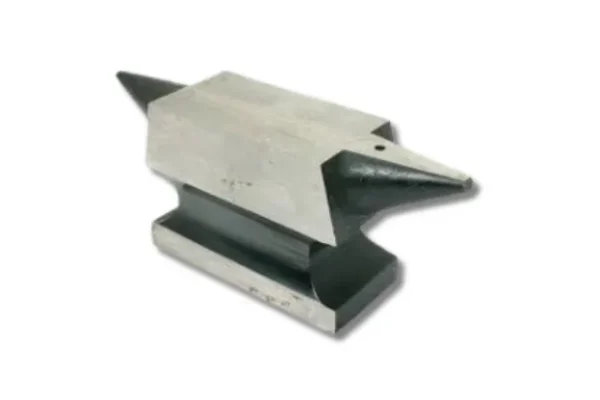
Key Features:
- Two horns for varied shaping options.
- Large flat face for versatile forging.
- Hardie and pritchel holes for tool compatibility.
Uses: Suitable for complex shaping tasks, blacksmithing, and decorative metalwork.
7. Colonial Anvils
Colonial anvils are modeled after the historic designs used in past centuries. They are often used for restoration projects or by those interested in traditional blacksmithing. These anvils generally feature a single horn and may include decorative elements that reflect their historic origins.
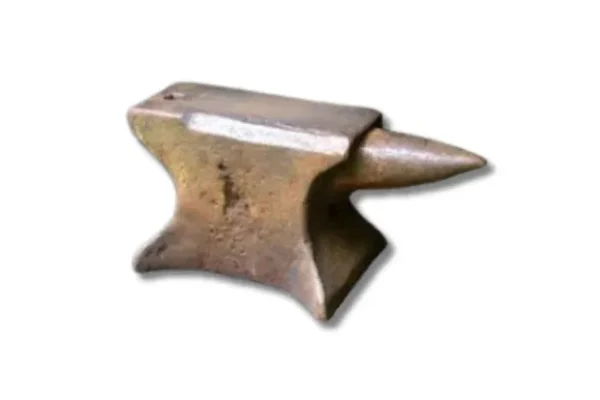
Key Features:
- Historic design and craftsmanship.
- Large flat face with a single horn.
- Often includes decorative features.
Uses: Ideal for traditional blacksmithing, historical reenactments, and restoration projects.
Choosing the Right Anvil for Your Needs
Selecting the best anvil for your work depends on several factors:
- Weight: Heavier anvils provide more stability, but lighter ones are easier to transport.
- Material: Steel anvils are more durable and can withstand intense use compared to cast iron.
- Design: Choose an anvil that suits the type of metalworking you plan to do, whether it’s general blacksmithing, horseshoeing, or jewelry making.
Conclusion: The Enduring Value of Anvils in Metalworking
Anvils have remained indispensable tools throughout history, from ancient blacksmith shops to modern metalworking studios. Understanding the different types of anvils and their uses can help you make an informed choice, ensuring that you have the right tool for your craft. Whether you’re forging intricate jewelry or shaping robust tools, selecting a quality anvil that meets your specific needs will enhance your work and bring your metalworking projects to life.
By investing in the right anvil, you’re not just choosing a tool — you’re connecting with a tradition of craftsmanship that has shaped human progress for centuries.


